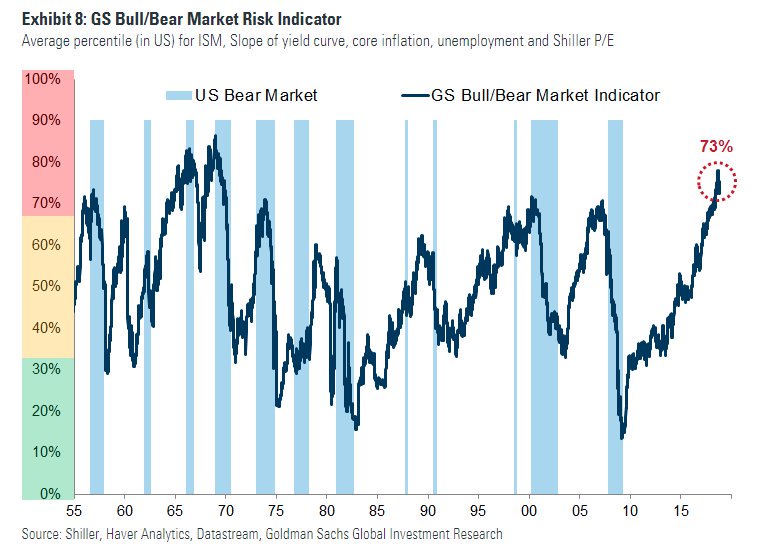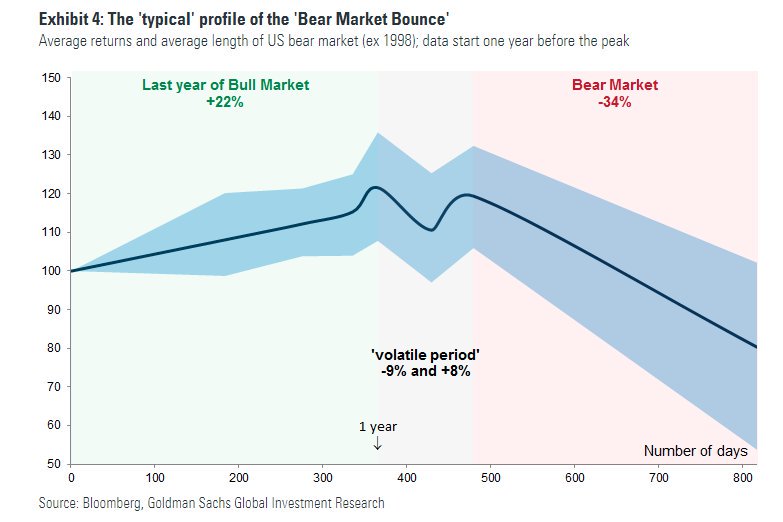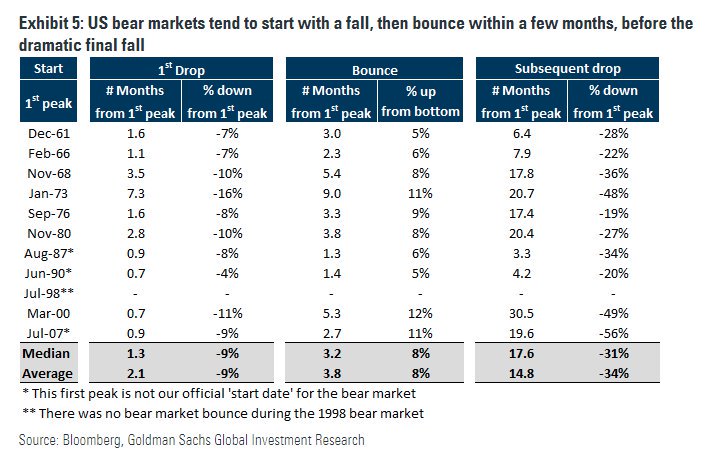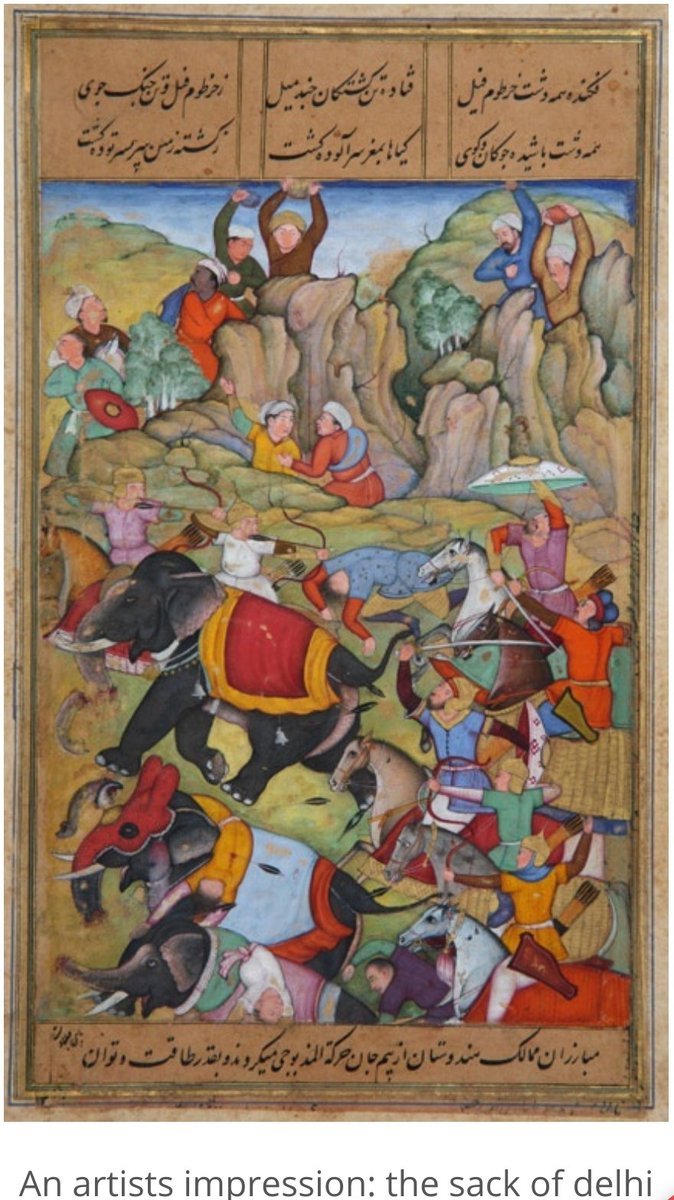Why do we track institutional footprints? 🐘 (Thread)
So, let’s get a clear understanding of how and why this is so important and what this might look like behind the scenes.
They have access to information and resources that the retail crowd simply does not, and if they did, it would likely be extremely unaffordable.
More from TraderLion
More from Economy
"A trend factor using multiple time lengths outperforms ST reversal, momentum, and LT reversal, which are based on the three price trends separately."
https://t.co/udkvsdw2Lz
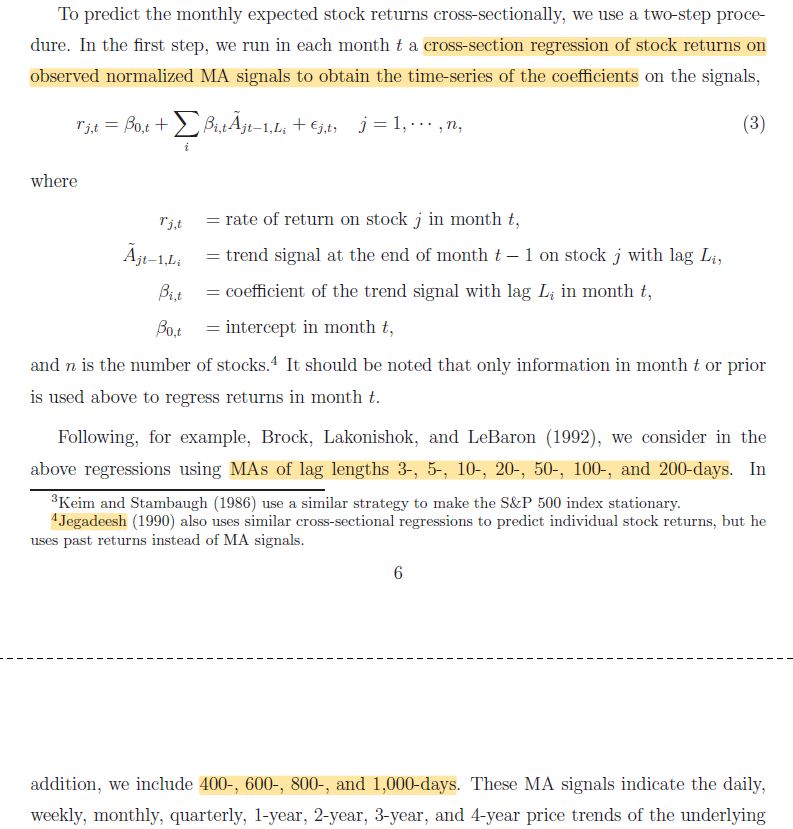
2/ This resembles combining multiple measures of ST reversal, momentum, and LT reversal (forecasts determined by walking forward rather than using signs from the full sample).
Unlike normal moving average signals, these are *cross-sectional.* More below:
https://t.co/wkIFLg9jtK
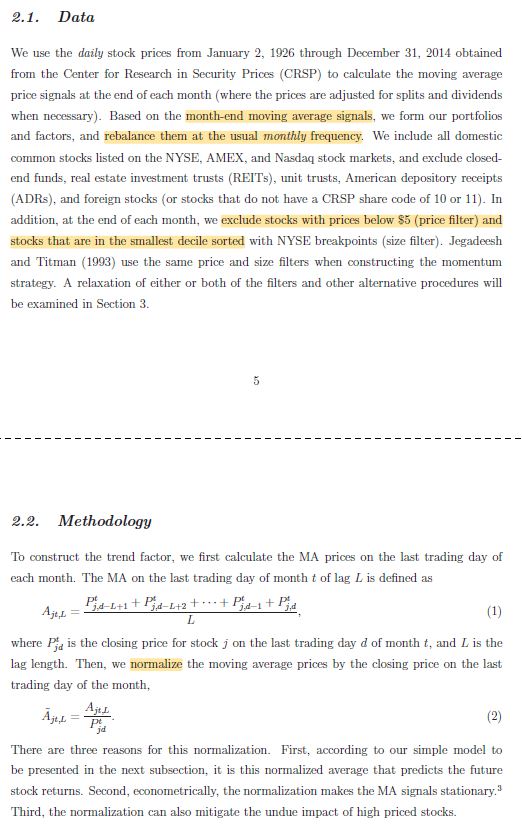
1/ Cross-Sectional and Time-Series Tests of Return Predictability: What Is the Difference? (Goyal, Jegadeesh)
— Darren \U0001f95a (@ReformedTrader) June 18, 2019
"The difference between the performances of TS and CS strategies is largely due to a time-varying net-long investment in risky assets."https://t.co/CSIn3ujN2R pic.twitter.com/XHnVmIart4
3/ Unsurprisingly, the Trend factor formed by this approach outperforms benchmarks in terms of both Sharpe ratio and tail metrics. It's combining momentum with two factors that are negatively correlated to it AND using multiple specifications.
More here:
https://t.co/x8Tloz3iyL
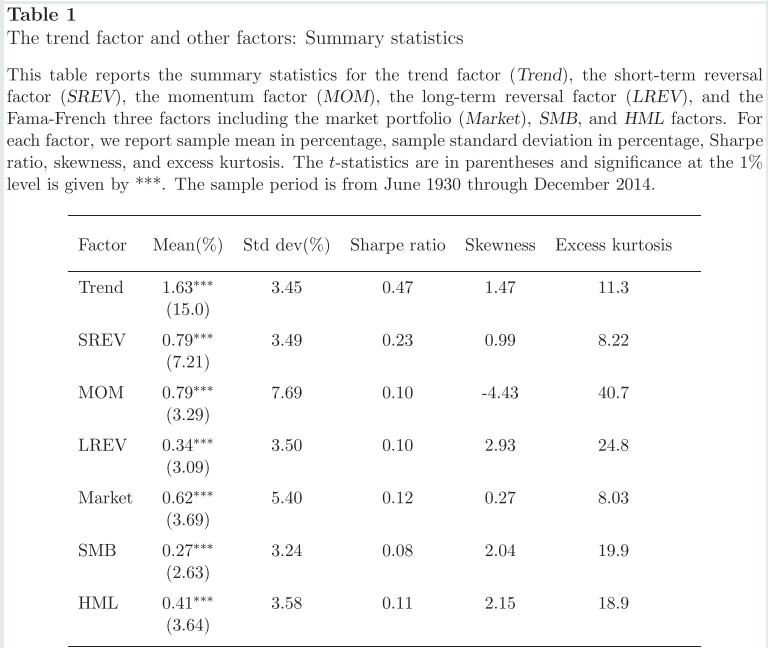
1/ An Executive Summary (in Tweet form) of our new paper
— Adam Butler (@GestaltU) March 27, 2019
Dual Momentum \u2013 A Craftsman\u2019s Perspective
Download here: https://t.co/Y9GlGNohBg
Everything that follows in this thread is based on HYPOTHETICAL AND SIMULATED RESULTS. pic.twitter.com/9m5YJnTdtq
4/ "Average return and volatility of the trend factor are both higher in recession periods. However, the Sharpe ratio is virtually the same.
"Interestingly, all of the factors still have positive average returns.
"Momentum experiences the greatest increase in volatility."
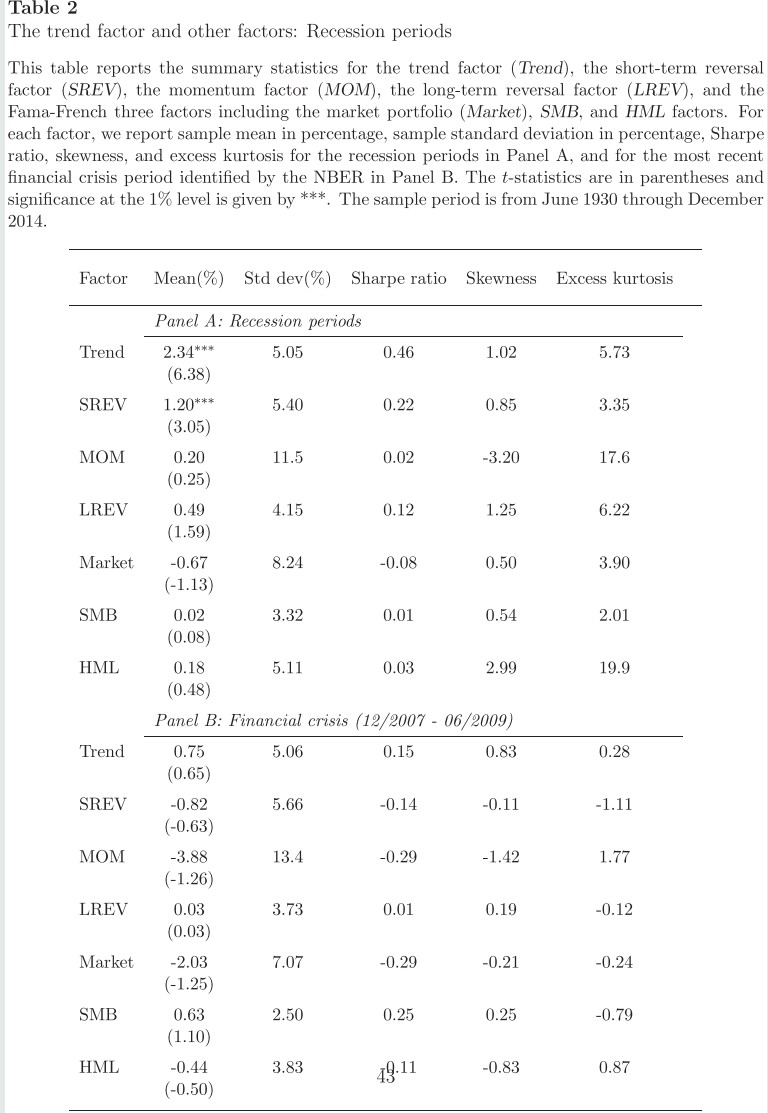
5/ "In terms of maximum drawdown and the Calmar ratio, the trend factor performs the best.
"The trend factor is correlated with the short-term reversal factor (35%), long-term reversal factor (14%), and the market (20%) but is virtually uncorrelated with the momentum factor."
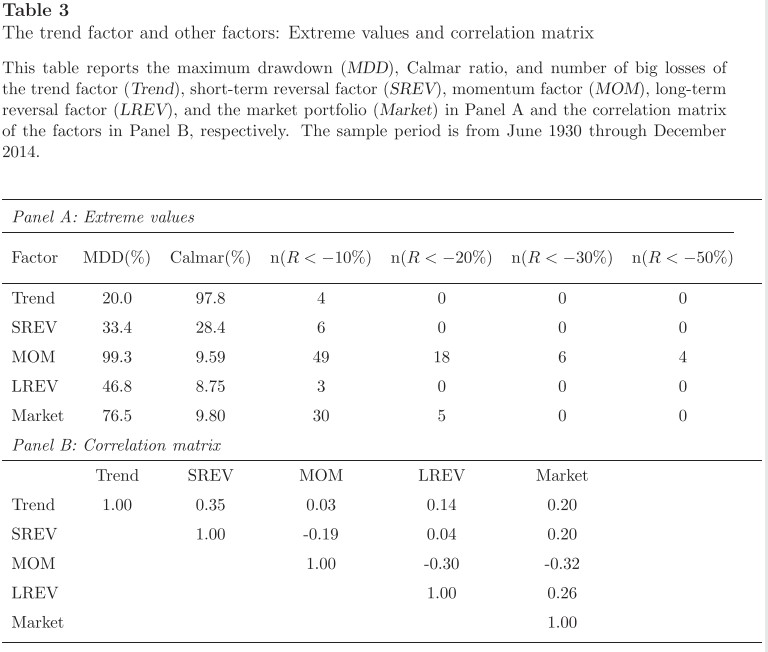
For 400 years inflation has NOT been in a "mountain range" of up and down, but rather stair-stepped in giant increases, always associated with major transformations in economic arrangements.
The only way that debt comes down is if rest of world flips to trade deficit status w/US (I.e., trades accumulates $USD from prior trade surpluses w/US for actual goods & services). Not likely anytime soon. $USD as global reserve currency requires massive public debt.
— David "Most Vicious Dogs & Ominous Weapons" Herr (@davidcherr) January 15, 2021
You May Also Like
(2) Since 2016, Kushner has connived, with Saudi help, to force the Qataris (literally at a ship's gunpoint) to "loan" him $900 million.
(3) This is consistent with the Steele dossier.
(4) Kushner is unlikely to ever have to pay the "loan" back.
Jared Kushner has a net worth of almost $324 million. But it appears that he paid little or no federal income taxes from 2009 to 2016, according to a review of confidential financial documents obtained by NYT. https://t.co/pMQDeCeDNq
— Kyle Griffin (@kylegriffin1) October 13, 2018
2/ So as you read about his tax practices, you should take from it that it's practices of this sort that ensure that he's able to extort money from foreign governments while Trump is POTUS without ever having to pay the money back. It also explains why he's in the Saudis' pocket.
3/ It's why the Saudis *say* he's in their pocket. It's why emoluments and federal bribery statutes matter. It's why Kushner was talking to the Saudi Crown Prince the day before the murdered Washington Post journalist was taken. It's why the Trump administration now does nothing.





